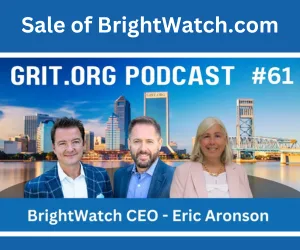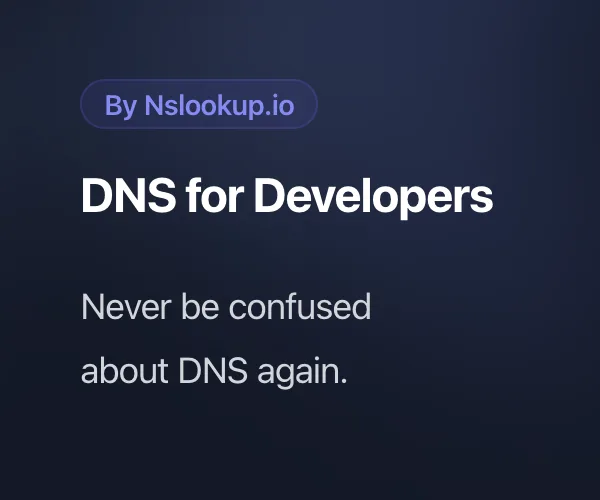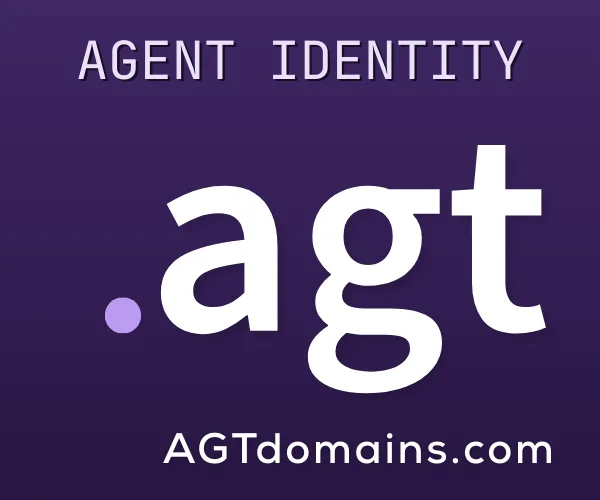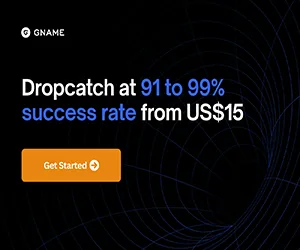Howard Yeh is a founder, investor and president of ContactUs.com, Inc. (www.contactus.com). Additionally, Howard is a director at PeopleFund, an investment holding company making private investments out of proprietary capital, and actively managing a portfolio of early-stage and growth-stage companies. Prior to this, he co-founded HealthCare.com (renamed BrokersWeb, Inc.) in 2007, where he was COO and led online marketing. BrokersWeb is a leading pay-per-click marketing in the insurance vertical, and was named an Inc. 500 company for 2010 and 2011. BrokersWeb was acquired by Vantage Media in 2011.
Mike: What is the goal of ContactUs.com? What service do you provide to businesses?
Howard: Our goal with ContactUs.com was to make websites better at acquiring new users and customers, and make small businesses better at managing their sales funnels.
We started by saying to ourselves, “Most contact forms are really primitive.” The technology hasn’t changed much since the 90’s. Yet, the “Contact Us” function is a really important one for websites, particularly if the website serves as an online storefront for a business. Those aren’t just product inquiries coming in the form. They are inbound leads. And those aren’t just service requests coming in from the form. Those are valued customer relationships.
From a business standpoint, we view the “Contact Us” page which is on virtually every website, as the wedge to start working with the thousands of websites we currently have. Some are purely hobby sites, and so they’re probably just looking for a basic function. If you want to use ContactUs.com just as a simple contact form, that’s fine. It doesn’t cost us much to provide the platform to manage that, and it doesn’t hurt for us to get our name onto those sites.
But we’ve also built a full marketing suite that turns the contact form into a customer acquisition and contact management platform. For some segment of users, particularly the ones that are businesses and who do actively market themselves, our solution will be a great fit.
From a product standpoint, I’d estimate that 90% of website contact forms lack design, features, analytic and integration with other software. For small businesses, which are our target market, the percentage skews very quickly higher. We provide better front-end designs and placements for contact forms and signup forms. From the front end, we also extend the concept of the contact form to appointment forms, payment forms, quote forms, feedback forms and live chat. If instead of a general “Contact Us” call-to-action, the form prompt was changed to “Schedule a Demo”, “Get a Quote”, “Free Consultation”, “Book an Appointment”, or “Sign Up for Promotions”, there’s a subtle but meaningful shift from being a general inbound inquiry to being an inbound sales vehicle. And most businesses understand the value of inbound, in-market sales leads. So we’re focused on engaging potential customers.
On top of that, we also focus on helping our website clients to track their marketing efforts, gain actionable intelligence on their form submits, manage the sales funnel (with basic CRM functions), and integrate with 3rd party software.
This might sound like marketing speak (which it is =), but as an overall solution we help our clients: A) Start the online dialogue, B) Track their results, C) Manage their relationships, and D) Grow their business.
Mike: What else makes your different from other contact form, newsletter form or subscription input models?
Howard: We know there are form builder tools out there. The most basic replacement of what we’re providing is off-the-shelf, open-source contact form script. In addition, most email marketing software, such as MailChimp and Constant Contact, provides users with their own input forms. There are also packaged third-party software like Gravity Forms. And there are form-builder solutions, of which Wufoo (owned now by SurveyMonkey) is probably the best-known.
For us, the form is just the part of the solution in a contact form. We look at not just the form, which is a web design/development issue, but we are focused on the overall business solution (i.e., what is the function of the contact form for the underlying business or organization?).
We approach the problems that websites face not just as web developers, but as online marketers, experienced lead-generators and sales account managers. And with that mindset, we’ve built both features and data solutions to make those jobs easier.
Certainly, we need to build great front-end tools. Meaning, effective call-to-actions, beautifully form designs and conversion-optimized UX in the forms. But then we built on top of that. Some of the examples of this:
- We’ve built a patent-pending A/B Optimization module
- We’ve built the ability to easily integrate Google Analytics, and particularly Google Conversion Tracking, and the ability to pass that data down to individual leads
- We’ve built campaign attribution and detailed form submission analytics (such as, which pages were visited before the request was made)
- We’ve built retargeting alerts into our products
- We’ve built basic CRM functions into our contact manager
- We’ve built software integration to over 20 (and counting) CRM, email marketing and support desk platforms
Mike: You've founded two business on fantastic keyword domains. Why do you select these types of domains over longtail or brandable names?
Howard: For HealthCare.com, I joined a company that began with a premium domain name as the starting asset. The domain was acquired in late 2005 by my business partner Matias de Tezanos. We founded one company based on that brand, were fortunate to find success in the business. We were able to build a meaningful company with 40+ employees and $50M in annual revenues at the time of the sale. And even more fortunate to retain the domain even after the sale of that company.
From that experience, I understood the value of a premium domain is huge, particularly in the early stages when you’re hustling to gain credibility. At HealthCare.com, we were able to get meetings early in our company history which led to substantial business development deals with large companies such as AOL Health, Drugstore.com and Everyday Health. Also, when you made customer calls, I can’t quantify it but the phone calls returned and emails opened is going to be higher. From an online marketing standpoint, a premium domain will help your paid search click-through rates, which yields a positive impact on quality scores on both the Google Adwords and BingAds SEM platforms. And I didn’t even mention the traffic implications, which most domainers understand really well.
Bottom line, lots of benefits to premium domains if you’re an entrepreneur focused on building a business around it.
Mike: Can you detail the steps you went through to get these names? Can you share the purchase prices?
Howard: HealthCare.com was a meaningful valuation, in the 7 figures when it was first acquired. Matias can share the story since it was his original purchase. Funny story, he was bidding against a Fortune 500 company for the domain and won it in part because the people at the Fortune 500 company took a Christmas vacation during the final stages of the process. But from where we stand today, especially with the federal government choosing HealthCare.gov as its presence, we feel really good about the value of it.
On ContactUs.com, the purchase price was also at a premium, in the six-figures. I didn’t initially want to go that high. But it was the name I was thinking when the concept of ContactUs.com first came to mind in summer 2012. I told my partner Brad about it, and he agreed it was the perfect brand. But we weren’t willing to make the investment until we could quantify the opportunity. I inquired about the domain, found out the asking price, and just kept it in the back of my head as we set about starting the company. After a couple of months of working on the project, we were really convinced that this was a big opportunity to justify the upfront investment in the domain. The benefits were clear to us:
- It’s self-explanatory - just based on the name of the company, outsiders would have an idea of what we were
- It brings credibility to the company
- It’s recognizable
There was one more benefit. I didn’t know this at the time of the purchase, but found afterwards. The seller of the domain (Ammar Kubba, known for TrafficZ, Aftermarket.com and DomainTools) was a really cool guy and is well-known in the domain space. And we got to become friendly afterwards, which was an added benefit of making the purchase.
Mike: How many clients or websites does contact us serve today? What are your customers saying?
Howard: We have close to 17,000 signups to our platform. Those include both contact forms and newsletter forms.
We’re hearing great feedback from our users, both the good and the bad. But users and small businesses we’ve contacted for research have given us a clearer picture of what to build.
I could just focus on the positive comments, but that would be boring. =) The most constructive feedback we hear are:
- More customization
- More tools to communicate Make it even easier to use
- Make it easier to integrate into business processes
Mike: Do you own any additional domain names? What's next on the horizon for you and your business?
Howard: I have some other domain names (about 30 or so), but nothing of note. I generally don’t buy premium domain names unless I have the intent of developing them into businesses. In terms of ContactUs.com, the immediate goals are to build a world-class product at ContactUs.com that serves the needs of small business websites, put together a high-octane management team, build sustainable distribution for our solution and execute on a profitable business model. 2014 will still be a building year, but we’ll also start making real investments in monetization. To support growth, we’ll also probably consider our first outside round of capital to help us to execute.




